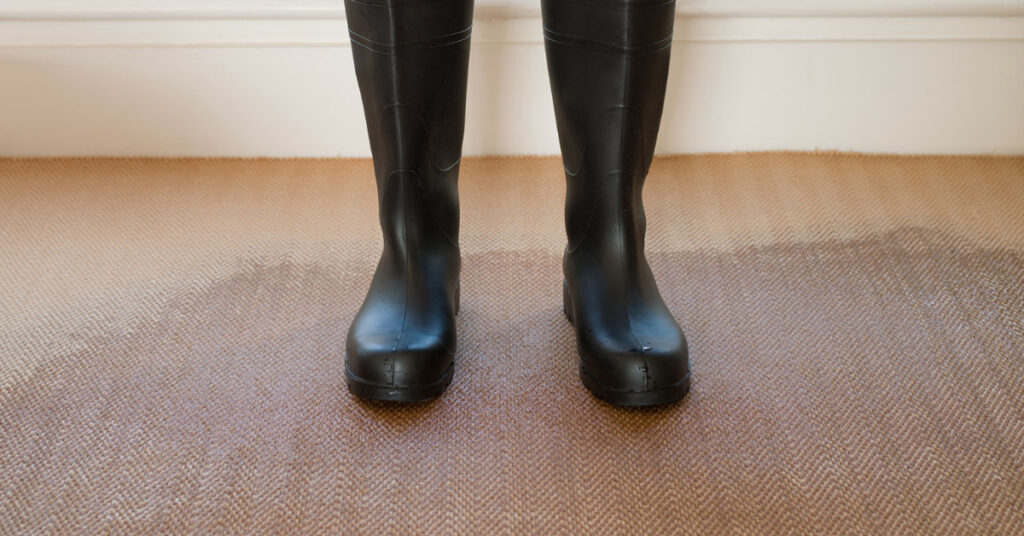How to Dry Wet Carpet
Learn how to dry wet carpet after a small flood or water damage in your home with these professional tips
A small flood can cause significant damage to your home, especially to your carpeted floors. If your carpet has been soaked in water, it is important to act quickly to prevent further damage and mold growth. Here are some steps on how to dry wet carpet after a small flood:
Step 1: Turn off the Power
The first thing you should do is turn off the power in the affected area to prevent any electrical hazards. If the water has reached electrical outlets or appliances, do not attempt to touch them until the power is turned off.
Step 2: Remove water
Not sure how to dry a wet carpet? Use a wet-dry vacuum cleaner to remove as much water as possible from the carpet. If you do not have a wet-dry vacuum, you can use towels or a mop to soak up the water.
Step 3: Elevate furniture
Remove any furniture or items from the wet carpet and elevate them to prevent further water damage. You can also place aluminum foil or wood blocks under furniture legs to prevent them from absorbing water.
Step 4: Use fans and dehumidifiers
The right tools and equipment can help you determine how to dry wet carpet. Place fans and dehumidifiers in the affected area to circulate the air and remove moisture. You can also open windows and doors to increase ventilation.
Step 5: Clean and disinfect
After the carpet has dried, clean and disinfect it to prevent mold growth and odors. Use a carpet cleaner or a mixture of water and vinegar to clean the affected area. You can also use a disinfectant spray to kill bacteria and germs.
Step 6: Call a professional
If the flood or water damage is extensive or if the carpet has been wet for more than 24 hours, it is best to call a professional water damage restoration or carpet cleaning service. They have the equipment and expertise to dry and clean the carpet thoroughly, preventing any further damage or mold growth.
Drying wet carpet after a small flood requires quick action and proper or professional equipment. By following these steps, you can prevent further damage to your home or investment property and ensure a safe and healthy living environment for you and your family.
Comments are closed.

